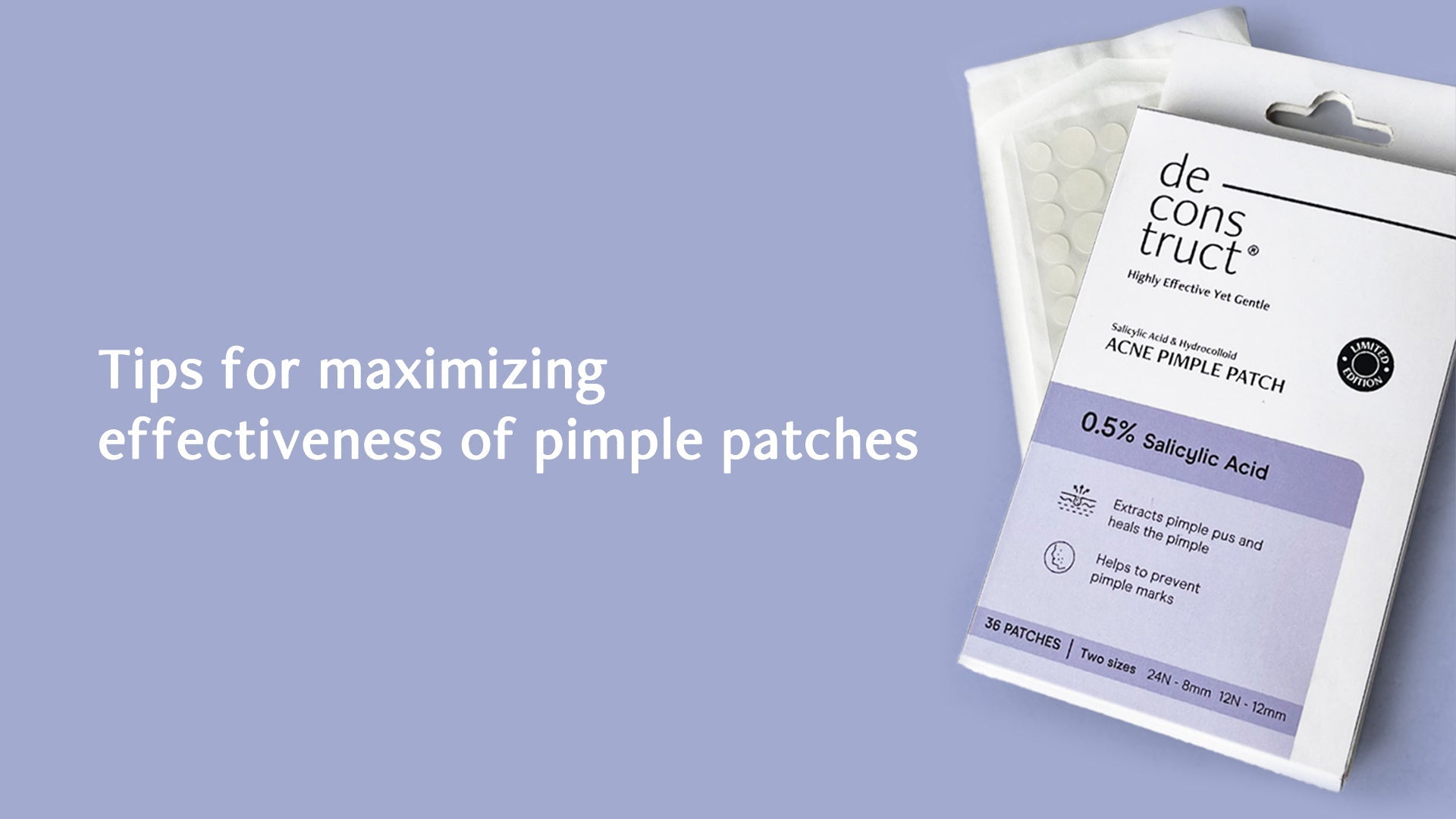Understanding Pimple Patches
Pimple patches, also known as acne pimple patches or zit stickers, are small, adhesive patches designed to be applied directly onto pimples. They typically come in various sizes to accommodate different sizes of pimples. These patches are usually made of hydrocolloid, a material that absorbs excess fluid and promotes healing.
When to Use Pimple Patches
Pimple patches are best used on clean, dry skin. They can be applied at any time of the day, but many people prefer to use them overnight for maximum effectiveness. However, they can also be worn during the day under makeup, providing a discreet way to treat blemishes while going about your daily activities.
Choosing the Right Pimple Patch for Your Skin
Consider Your Pimple Type:
- Early-stage pimples: Look for hydrocolloid patches. These are thin, adhesive patches that create a moisture free environment to help draw out pus and reduce inflammation. They're ideal for whiteheads and small bumps.
- Inflamed pimples: Opt for patches containing additional ingredients like salicylic acid or tea tree oil. These ingredients have anti-inflammatory and antibacterial properties, further aiding in reducing redness and swelling.
Know Your Skin Type:
- Sensitive skin: Opt for patches free of fragrance, alcohol, and harsh chemicals. Hydrocolloid patches are generally gentle on most skin types.
Patch Features:
- Size: Choose a patch that fully covers the pimple to ensure maximum effectiveness.
- Adhesiveness: Look for patches that stay securely in place, especially if you plan to wear them overnight.
- Transparency: Many patches are clear, making them perfect for daytime wear.
Proper Application Techniques for Maximum Effectiveness
Prepping Your Skin:
1. Cleanse: Use a gentle cleanser to remove dirt, oil, and makeup from your face. This helps the pimple patch adhere better and prevents bacteria from getting trapped under it.
2. Pat Dry: Don't rub your face with a towel. Instead, gently pat it dry to minimize irritation and ensure the patch adheres properly.
Applying the Patch:
1. Target the Right Spot: Apply the patch directly onto the clean, dry pimple. Make sure the entire blemish is covered for optimal results.
2. Press and Hold: Gently press the patch onto your skin for 10-15 seconds to ensure proper adhesion. This helps create a seal and maximize absorption.
Optimizing Patch Wear:
1. Wear for the Recommended Time: Most pimple patches work best when worn for several hours, often overnight. Refer to the specific instructions on your chosen patch brand.
2. Minimize Touching: Try to avoid touching or picking at the pimple while the patch is on. This can introduce bacteria and hinder the healing process.
3. Hygiene Matters: Wash your hands before applying and removing the patch to prevent the spread of bacteria. Replace the patch with a new one if it becomes visibly dirty or loses its adhesive strength.
Conclusion
Pimple patches can be a good addition to your skincare routine, but for optimal results, proper application is key. By following the steps in this blog, you can ensure your patches adhere effectively and work well to clear your pimples!
FAQs
1.How long does it typically take for a pimple to heal after using a patch?
With consistent use, pimple patches can visibly reduce a pimple's size and redness within 48 hours. However, complete healing might take a few days depending on the severity.
2.Can I reuse a pimple patch?
No, pimple patches are designed for single use. Once they've absorbed fluid, they lose their effectiveness.


